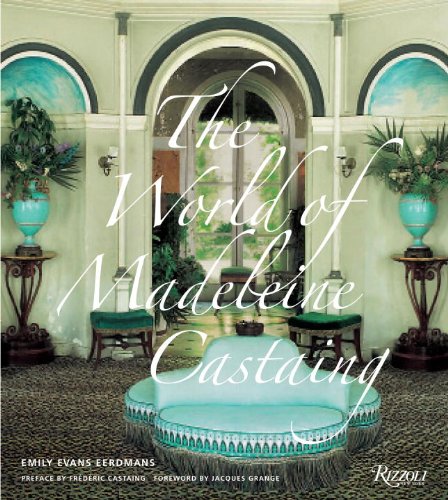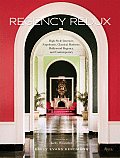
The same week
Dog House, Carol Prisant's charming tale of "One Love, Ten Dogs, and a Forty-Two-Year Marriage" landed on my reading table, the article
"What pets can teach us about marriage" arrived in my inbox courtesy of Mr. EEE. Clearly forces greater than I - forces that maybe had overheard me telling friends that I needed to get home to my little furry guys, and, oh yeah, my husband - were at work.
As the article pointed out, I am indeed more likely to forgive Gus in a heartbeat when he breaks heirloom porcelain boxes or Stubby when he shreds the velvet sofa, than a human - or, more specifically, the one I've pledged to honor in sickness and in health until death. This illuminating insight reminded me of how it's all too easy to take our most beloved for granted.

Ms. Prisant's book which examines love and loss with humor, tenderness and a disarming candor reinforced this a thousand fold. While Jack Russells, lurchers, and greyhounds come, go, and stay,
Dog House is the story of how she and her husband Millard pursued their life together full of dogs (naturally), restoring old houses, nurturing rose bushes, and ultimately how they faced her husband's cancer to which he succumbed in 2000. Prisant bravely lets us in to her grief and gradual healing, an inspiring reminder of how resilient the human spirit is.

The author and her two dogs
If "'Tis better to have loved and lost Than never to have loved at all" as Tennyson wrote, than it is also better to appreciate and delight in love's presence as much as one will lament its absence. Prisant's
Dog House glows with warmth, laughter and sweetness - which is exactly how every home - dog, cat, or bird - should be.
Top photo: Mona Williams with her terrier, captured by Cecil Beaton




















